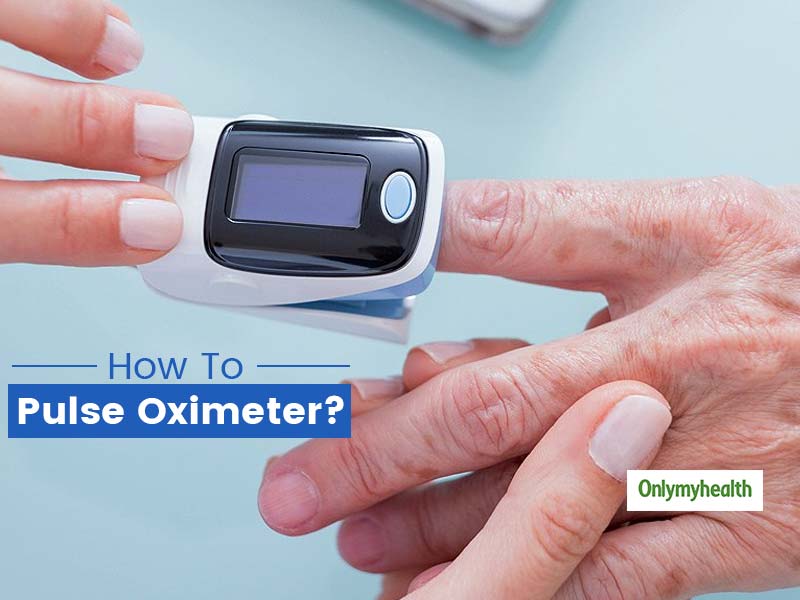
People with a chronic lung or heart disease need to keep a regular check on their blood oxygen levels. This is to ensure that the heart is pumping oxygen properly and it is received by all the organs. A device that comes handy in measuring blood oxygen levels is a pulse oximeter. It is a small device that clips on your finger or earlobe or toe and provides you with the blood oxygen data. Despite being easy-to-operate, many people still do not know how this device functions and how to use a pulse oximeter. This article has explained everything in detail.
Table of Content:-
What is pulse oximetry?
Pulse oximetry is an easy way to find if your lungs and heart are working fine and oxygen supply is proper. It helps in finding out whether all the body parts are receiving an ample amount of oxygen or not. It helps in diagnosing any underlying condition as improper oxygenation is a potential symptom of many problems related to the lungs and heart. This helps in identifying a chronic lung or heart disease so that you can get timely treatment to prevent further complications. Low oxygen levels can even cause death in babies.

How does a pulse oximeter work?
The role of a pulse oximeter is to measure the oxygen saturation of the blood.
When you clip it to your finger or toe or earlobe, the device would check the blood saturation. It indicates the percentage of saturation to give you the status of oxygen levels. For example, 100% mean fully saturated and lower percent may indicate something needs to be addressed. This is a safe, effective and non-invasive device that is also easily available. If you have a lung or heart patient at home, this device comes handy. Other healthy people don’t have any need to use this tool. Only people with chronic lung disease such as chronic obstructive pulmonary disease(COPD) or heart disease such as heart failure or recently underwent heart surgery need to have a pulse oximeter at home. Many patients are advised oxygen therapy when their blood oxygen levels drop. Using a pulse oximeter, it is easier to find when to give oxygen therapy to them.
Also Read: What Is Oxygen Therapy? Know All The Benefits Of This Treatment
Here are some symptoms of low blood oxygen level to be monitored:
- Increased heart rate
- Rapid breathing
- Breathlessness or unable to breathe properly
Also Read: Whole Body Oxygen Detox Therapy, How To Detox Your Body From Sodium?
How to use a pulse oximeter?
Here are some simple steps to use a pulse oximeter and get an accurate reading.

- Place the probe on the finger, earlobe or toe, whichever way you are comfortable.
- Make sure that the probe is neither tight nor loose. It should be well-fitted for accuracy.
- Avoid painted fingers for reading. Nail polish, dye, henna or tattoo, all these things can affect the reading. It is better to take the reading from a bare finger. Besides, ensure that your finger is neither cold nor hot during the process as it increases the chance of false reading.
- Be still while taking the reading. Any movement such as shivering or shaking can lower down the reading.
For healthy people, the reading should be 95% or higher. While for an ailing person, the reading would be low. You must consult your doctor to find the right reading for you.
Read More In Miscellaneous
Read Next
Helpful or Hype: Can Blue Light Glasses Prevent Digital Eye Strain? Know From Ophthalmologist
How we keep this article up to date:
We work with experts and keep a close eye on the latest in health and wellness. Whenever there is a new research or helpful information, we update our articles with accurate and useful advice.
Current Version
